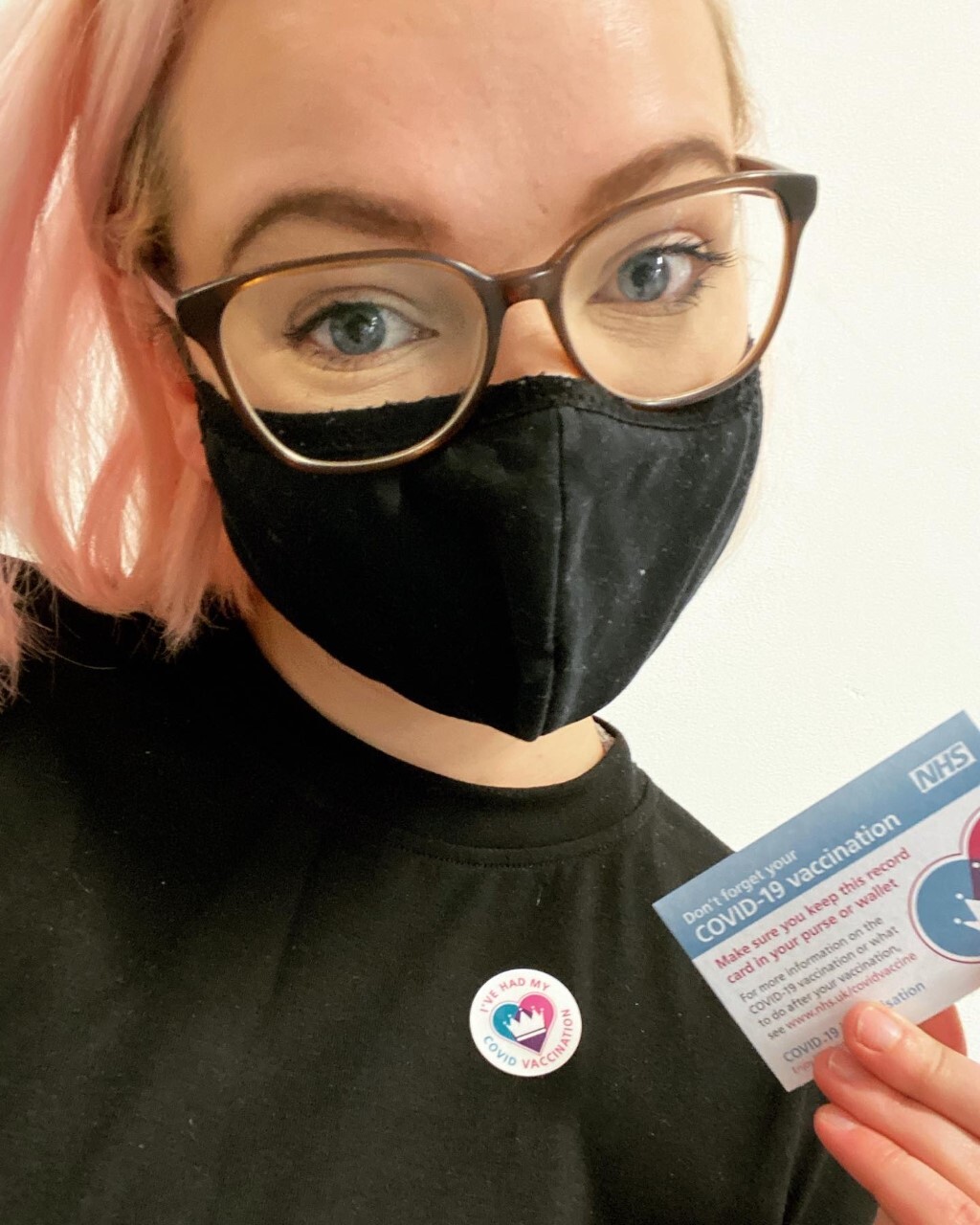
Thousands more people opened their hearts and homes to dogs during the pandemic – and for those with a phobia of pooches, the increase in four-legged friends out on the streets hasn’t gone unnoticed.
People with a fear of dogs – known as cynophobia – often steer clear of parks or find walking buddies to distract any unleashed canines they come across. Others simply stop going anywhere dogs are likely to be. So with more of them around – in parks, pub gardens, and beaches – it’s even harder to avoid them.
When faced with a dog, people with a phobia might try to run away, eliciting a chase with said dog, while their owner simply shouts: “It’s okay, they won’t hurt you!” But for those with an intense fear of the animal running at them, barking and jumping up, this doesn’t even register. Fight or flight will kick in.
“Someone afraid of dogs can’t think rationally at the time, so saying things like: ‘the dog is harmless’ isn’t helpful,” says Dr Nimrita Bassi, who has been scared of dogs since she was a child.
The 31-year-old living in Canterbury believes her fear stems from witnessing a friend get caught in the middle of a dog fight on a school trip – the friend had severe dog bites, she says, and was dragged along the ground.
It impacts her life to the point where she’ll avoid visiting places where dogs are – including her friends’ homes. “I almost always cross the road if a dog is walking my way and a dog without a lead is my worst nightmare,” she tells HuffPost UK.
“There have been instances where I’ve visited the local shop and there’s a dog outside that might come near me, so I wait until they leave. On trains, in particular, I almost always move carriage if there’s a dog.”
Phobias are generally either a learned behaviour or a response from a parent or a traumatic experience such as a dog attack, says hypnotherapist Michelle Wakerell. “If a parent is frightened of dogs, a child’s instinctive response may be that all dogs are a threat,” she says. “Over time, the message is reinforced and then repeated exposure is likely to compound the fear and make it worse.”
The therapist, who is a member of Hypnotherapy Directory, says people tend to describe their reaction to the phobia as “feeling paralysed with fear”, “having butterflies in their stomach” or “just wanting to run away”.
Because of this, it’s important dog owners recognise and understand “whilst they may know their dog is the friendliest dog in the world, the other person walking through the park with a dog phobia doesn’t,” she says.
Experts – and those with the phobia themselves – agree shouting platitudes like “it’s okay” will mean nothing to the person gripped by fear. So what can dog owners do to be mindful of those around them – especially as there are so many dogs out and about right now?
“Ideally, dog owners should have their dogs on a lead in public areas where there are people out walking,” says Wakerell. “If walking in an area which appears quiet, and the dog is let off the lead, the owner still needs to remain vigilant to anyone in the nearby vicinity and put the lead back on as necessary.”
If the dog is off its lead and heads straight towards another person, “it needs to be called back and put on the lead as quickly as possible,” she says. “If a dog is not trained to return on command, it’s best not to risk taking the lead off.”
Of course, if someone immediately responds positively to your pooch coming towards them – fussing, smiling, or stroking – before you put its lead back on, it’s likely they’ll enjoy fussing your dog and you don’t need to worry.
Ideally, dog owners should have their dogs on a lead in public areas.Hypnotherapist Michelle Wakerell
Hypnotherapist and counsellor Pat O’Connor says it’s vital dog owners observe the law in public spaces, particularly in areas with children and other animals. “If you’re a new owner, educate yourself – preferably before getting a dog,” she says. “Yes, your dog might be part of the family, but it still needs to be trained.”
Going forward – and with more dogs out and about – Bassi, wants owners to simply be more aware not everyone is as comfortable around their newest family member. And O’Connor agrees more empathy is needed in this regard. “Be aware that not everyone has your love of dogs or might just not be used to them,” she says. “Be sensitive to those around you when out with your dog.
“Fear is a natural evolutionary survival response. When it’s disproportionate, it can cause great distress and inconvenience to the sufferer and those around them. Please be sympathetic to those fears.”
Tips for people with a phobia of dogs when out walking
1.Visualise your walk as being peaceful, safe and relaxing before you set off, says O’Connor. Try not to imagine dreaded scenarios or ask ‘what-if’ questions.
2.Take some deep breaths if anxiety starts to creep in, adds Wakerell, breathe in for the count of three, hold for the count of four, breathe out for the count of five. Do this a dozen times or more if required.
3.Stay aware of your surroundings, but also focus your attention on all the good things surrounding you like flowers, trees and children playing.
4.Think of times in the past when you have felt relaxed and happy – remember how it felt. Feel those wonderful feelings now.
5.Take some music to listen to with earphones, if that relaxes you.
6.Walk with someone who likes or are indifferent to dogs or, says O’Connor, walk with a friend who has a dog that you can get to know.
7.Familiarise yourself with the object of your fear. Find out about dogs – watch TV shows about them, read books, find Youtube videos or whatever you use to seek out information.
8. Try to avoid imparting your fear onto your children.
9.Get help – if the fear is preventing you from enjoying normal activities, it might be worth seeking the help of a professional.




